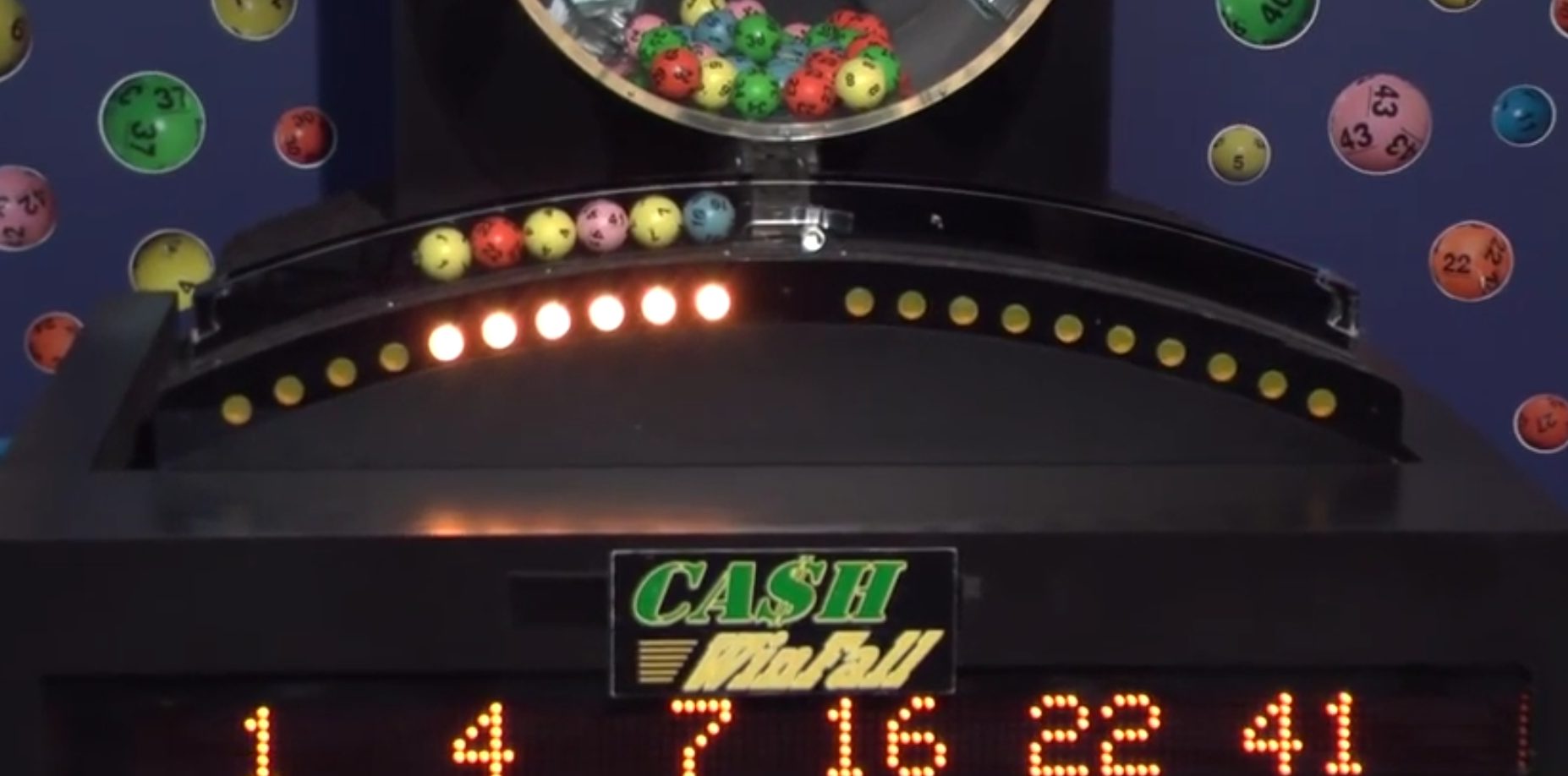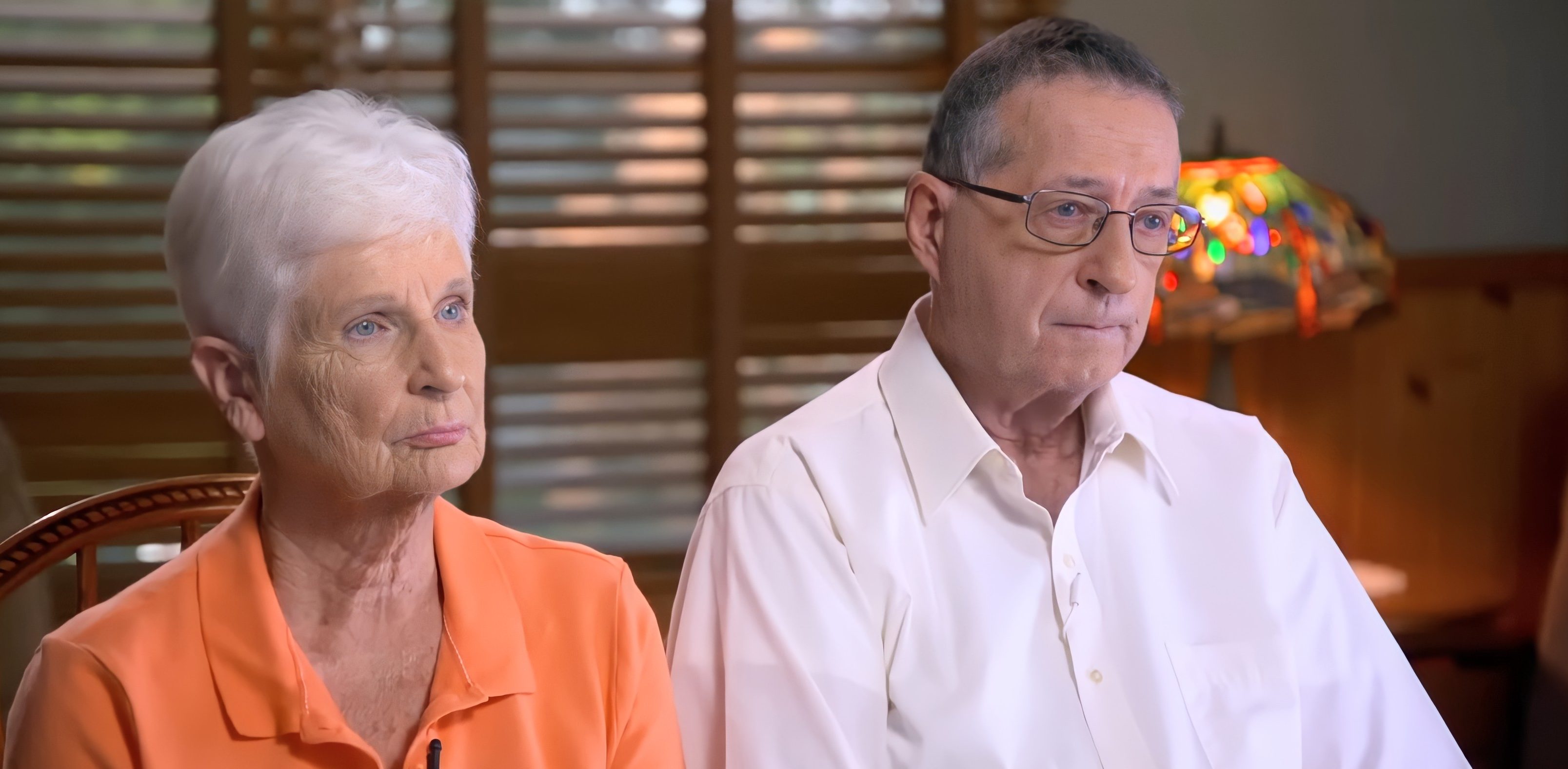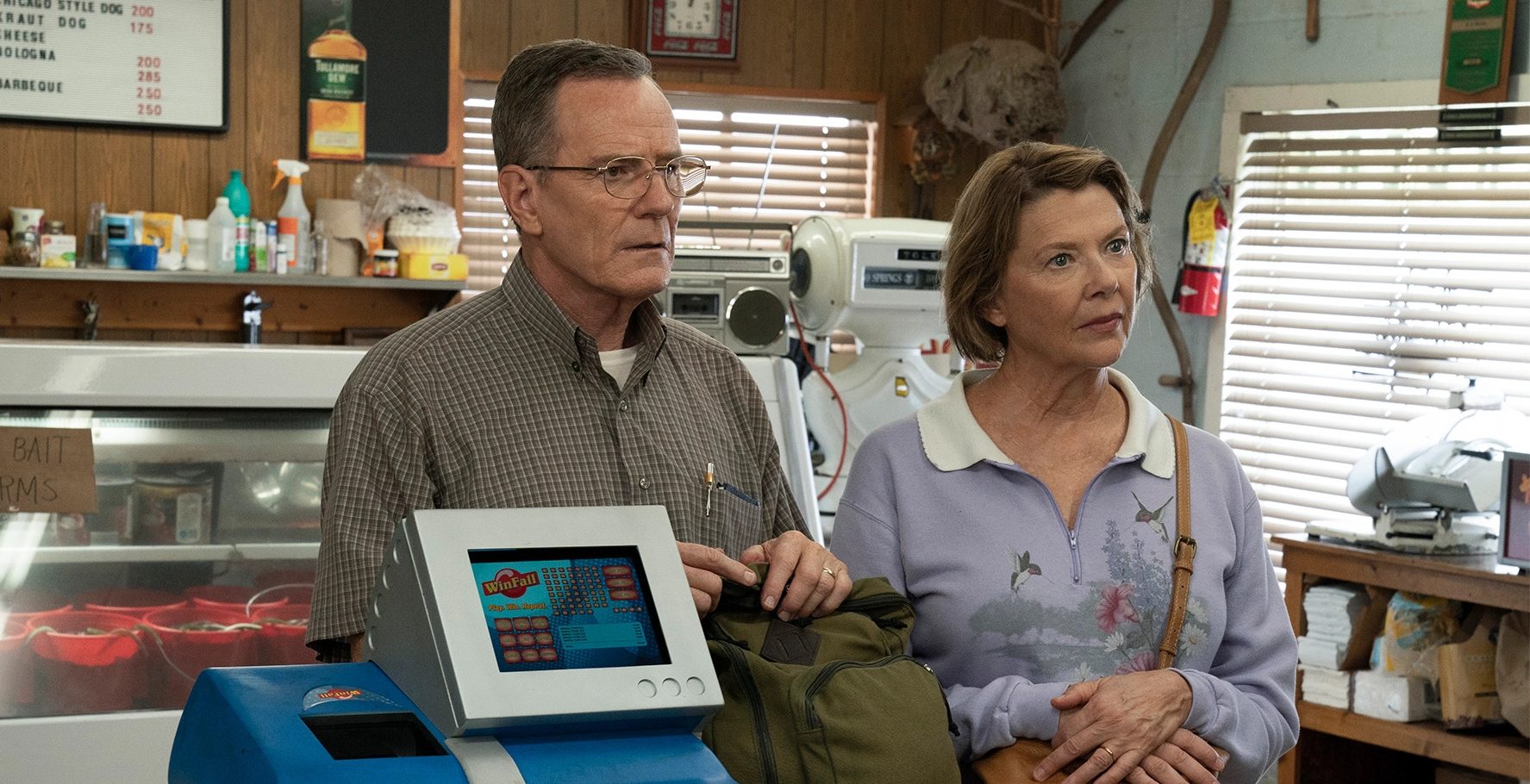Directed by David Frankel, Paramount+’s comedy film ‘Jerry & Marge Go Large’ follows Jerry and Marge Selbee, a Michigan-based couple who take advantage of the loophole in the WinFall lottery game system to earn assured profits. The film, based on the true story of Jerry and Marge, progresses through the couple’s efforts to make as much money as possible for the betterment of their town Evart. In reality, Jerry and Marge won around $26-27 million dollars, which included a profit of $7.75 million. But what exactly was the loophole in the lottery game? How did Jerry discover it? Let us share the answers!
What Was the Loophole in the Winfall Lottery?
Before explaining the loophole, let us explain how Winfall worked. Jerry found the loophole in 2003 after going through the brochure of the Michigan-based Winfall lottery game. Each ticket of Winfall cost $1 and a player could pick six numbers between 1 and 49 with one ticket. If the six numbers Michigan Lottery drew were the same six numbers a player picked, the individual would win a jackpot of at least $2 million or higher. If the player guessed five, four, three, or two of the six numbers, lesser prizes were awarded.

If nobody won the jackpot until the prize money reached $5 million, the money will roll down to the lesser prizes in the next draw, only if there wasn’t a jackpot winner in the same. The roll-down system of Winfall made the lesser and more attainable prizes more valuable than in a regular scenario. For example, a three-number combination was awarded $50 instead of $5 and a four-number combination was awarded $1,000 instead of $100. Then enter the game of probability. There was a 1-in-54 chance to pick a three-number combination and a 1-in-1,500 chance to pick a four-number combination.
Jerry used basic arithmetic to find out a way to ensure profit when the prizes were higher than usual during the roll-down draw. “[…] if I played $1,100 mathematically I’d have one 4-number winner, that’s 1,000 bucks. I divided 1,100 by six instead of 57 because I did a mental quick dirty and I come up with 18. So I knew I’d have either 18 or 19 3-number winners and that’s 50 bucks each. At 18 I got $1,000 for a 4-number winner, and I got 18 3-number winners worth $50 each, so that’s 900 bucks. So I got $1,100 invested and I’ve got a $1,900 return,” Jerry explained to Jon Wertheim for 60 Minutes.

Cash WinFall lottery game, the one Jerry and Marge played when Michigan Lottery shut down Winfall, was similar to Winfall. A Cash WinFall ticket cost $2 instead of $1, numbers a player could pick were between 1 and 46, and the roll-down happened when the jackpot hit $2 million without a winner with a six-number combination. The roll-down system stayed the same and Jerry realized that the odds were good enough for them to invest in it. After playing the two lotteries for nine years, Jerry and Marge won $26-27 million, including a profit of $7.75 million before taxes.
Ultimately, the roll-down system of Winfall and Cash WinFall made a $1 and $2 ticket respectively worth more than $1 and $2 if a large number of tickets were bought to bet. Jerry’s loophole was all about buying enough tickets that ensured the probability of getting a prize amount more than what he had to invest. As he explained, the roll-down system enabled him to gain a return of $1,900 by investing $1,100. Since a large sample size ensured a better probability of getting more combinations, Jerry and Marge bought thousands and thousands of tickets, which led them to unbelievable profit returns.
Read More: Is Bill Based on a Real Person? Is Liquor Hut a Real Store?


You must be logged in to post a comment.